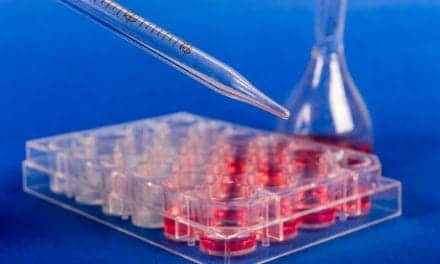A new treatment approach could pave the way to innovative new gene therapies for cystic fibrosis.
The drug is a small molecule with a novel mechanism of action, say David Bedwell, Ph.D., and Steven Rowe, M.D., MSPH, co-senior authors. Bedwell is professor and chair of the University of Alabama at Birmingham Department of Biochemistry and Molecular Genetics, and Rowe is a professor in the UAB Department of Medicine.
To understand how a nonsense mutation causes disease — and how the experimental drug works to suppress the mutation — requires a close look at the biological machinery that makes proteins inside a cell.
A protein is a chain of hundreds of amino acids that then folds to its proper shape and moves to its proper place to perform its function. The chain is made, link by link, by ribosomes that read a sequence for the protein carried on messenger RNA. That sequence instructs which of the 20 different amino acids to add at each link, one by one.










